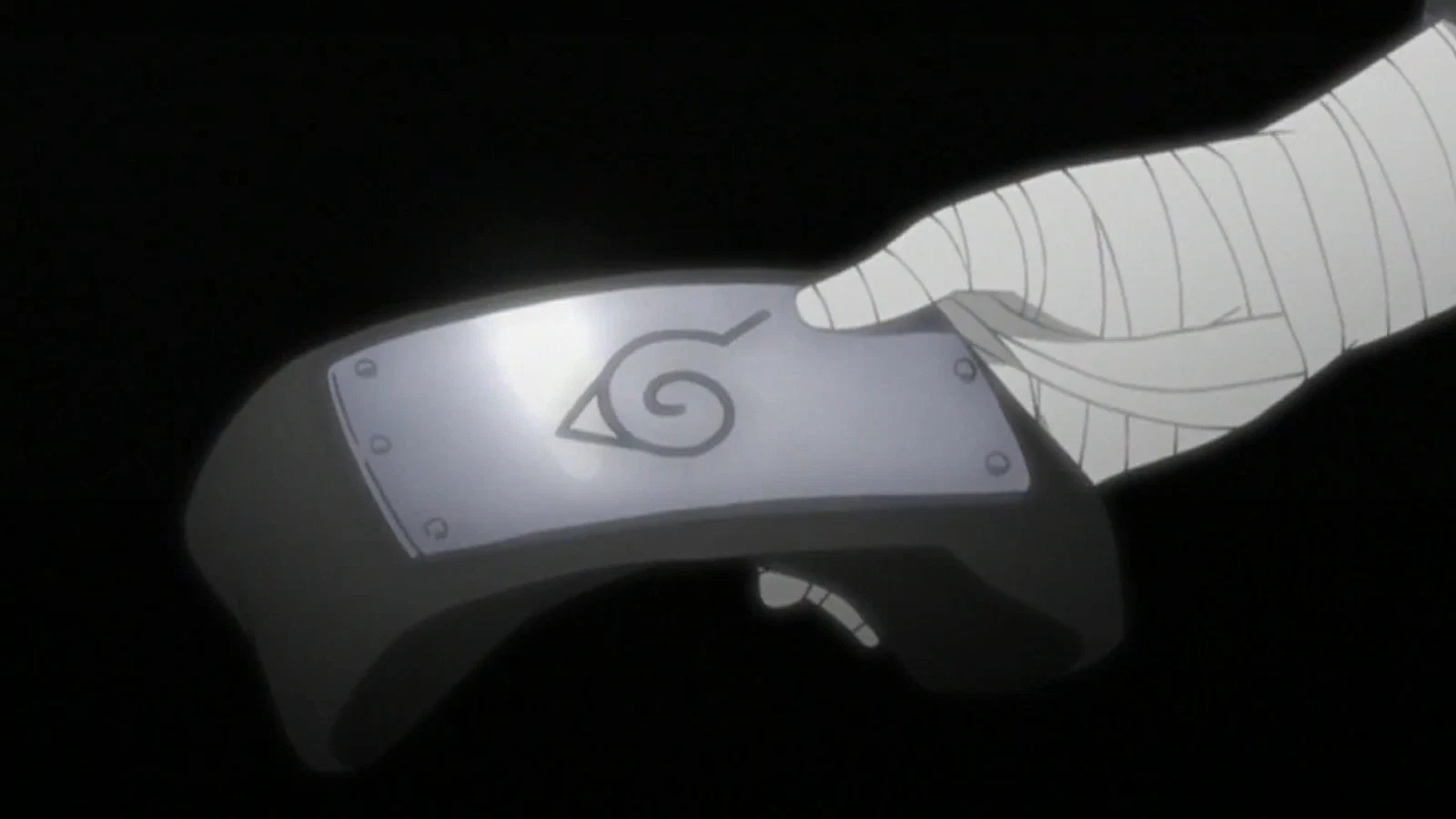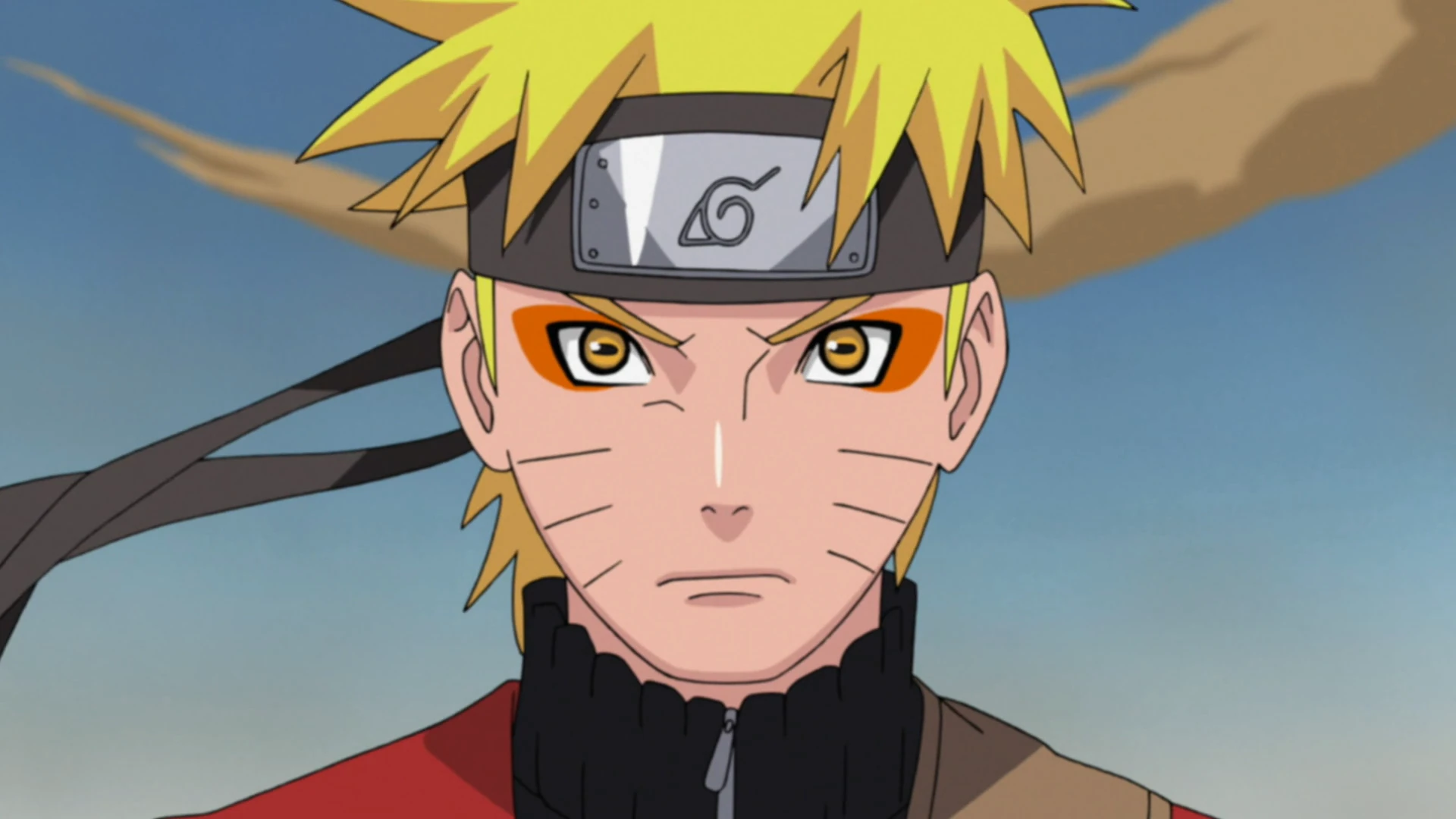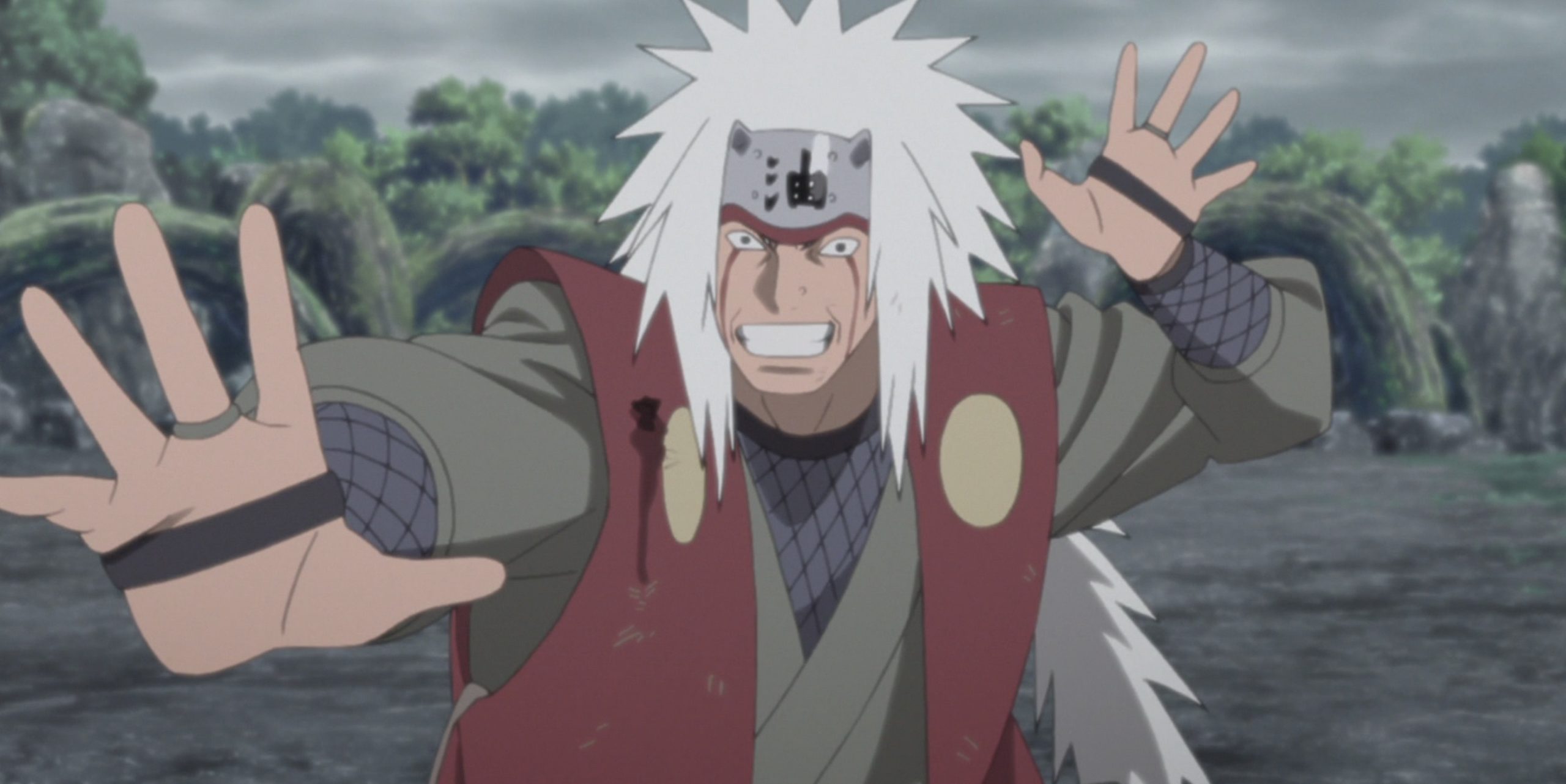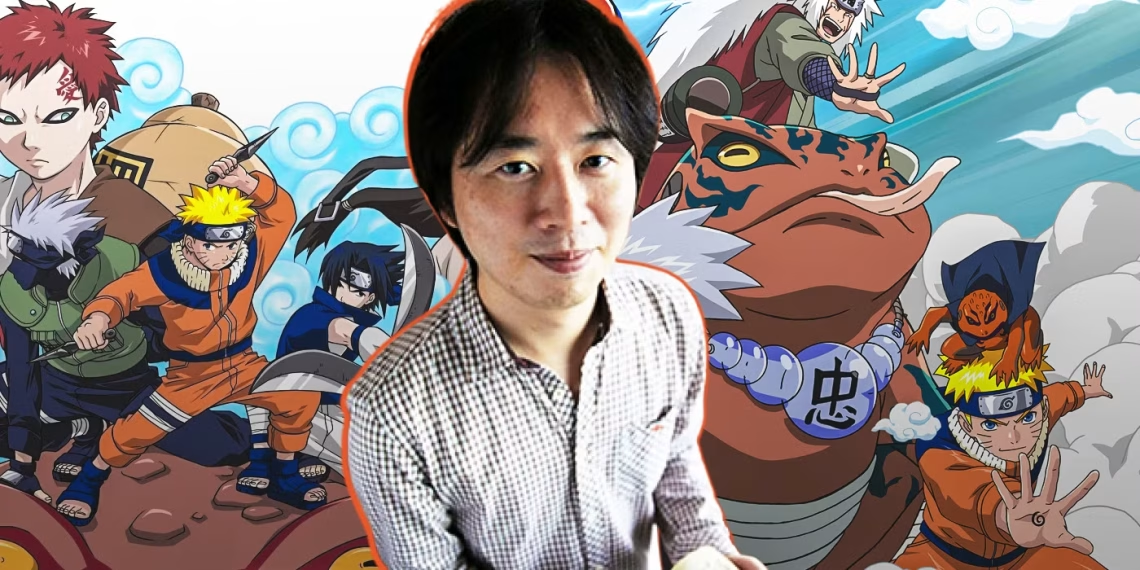The Naruto universe, created by Masashi Kishimoto, is a world filled with dynamic characters, intricate storylines, and a unique system of villages. One of the most recognizable symbols from the series is the village headband. These headbands, worn by ninjas from different villages, represent much more than just a piece of cloth. They serve as emblems of loyalty, identity, and even conflict. Kishimoto’s decision to create these headbands was deliberate, and each one carries deep significance within the Naruto world.
This explores the reasons behind the creation of these iconic village headbands, their purpose within the story, and the layers of meaning they carry for the characters and the fans. From symbolizing unity to representing the tension between different regions, the headbands play a crucial role in defining the cultural and political of Naruto. Let’s go into why Kishimoto made this fascinating design choice.
The Symbolism Behind Village Headbands

Headbands in the Naruto world are much more than just accessories; they are deeply intertwined with the identity and allegiance of the ninja who wears them. Each village has its own distinctive headband, often featuring a metal plate engraved with the village’s symbol. These symbols are an integral part of the village’s identity, tying the ninja to a specific community and mission.
A Sign of Loyalty
One of the primary reasons Kishimoto introduced headbands is to signify the loyalty of a ninja to their village. These headbands are issued to ninjas once they pass the rigorous training and missions required to become a shinobi. Wearing the headband, therefore, becomes a sign that a character is committed to protecting their village, its people, and its values. It serves as a badge of honor that marks them as defender of their homeland.
In many ways, the headband acts as a form of “civic duty” within the ninja system. Much like military uniforms or symbols of rank in the real world, the village headband serves as a constant reminder of the wearer’s responsibility to their community.
A Reflection of Cultural Identity
Each village’s headband symbolizes its unique culture and values. For instance, the headband of the Hidden Leaf Village (Konohagakure) features a stylized leaf symbol, representing the village’s name and its deep connection to nature. On the other hand, the Hidden Sand Village’s headband showcases a symbol that reflects its arid, desert-based environment.
Kishimoto’s use of different symbols across various villages also highlights the diverse nature of the shinobi world. This not only helps to establish a visual distinction between the characters but also gives depth to the idea that each village has its own traditions, leadership structures, and way of life. These subtle differences in design underscore the narrative of the series, reinforcing the idea that each village plays a crucial role in the larger political and social framework.
The Role of Headbands in Conflict and Tension

While headbands are often symbols of unity and pride, they also play a role in the conflicts that arise between the different villages in Naruto. The story is full of tension between ninja factions, and the headband becomes a tool for expressing both loyalty and rivalry.
Disrespecting the Headband: A Powerful Statement
One of the most significant moments in Naruto is when a character, usually someone who has been betrayed or is rebelling against their village, damages or removes their headband. This act is more than just a rebellion against a piece of cloth; it signifies a deeper emotional or political stance.
For example, when Sasuke Uchiha leaves the Hidden Leaf Village, he discards his headband as a visual representation of his rejection of his former life. Similarly, in the case of Orochimaru, his actions of stealing and tampering with his headband reflect his betrayal of his former village and his desire to create his own path free of any constraints.
Such acts speak volumes about a character’s internal conflict and emotional state. The headband thus becomes a powerful symbol of loyalty, betrayal, and independence.
A Mark of Honor in Battle
In some of the most intense battles throughout the series, characters remove their headbands as a way to signify the intensity of the conflict. The removal is not just a form of rebellion but often marks a shift in the character’s mindset. When a ninja faces another from a rival village, the headband becomes a marker of their allegiance. Battles between rival villages are heightened by the presence of these symbols, as they represent not just personal vendettas but national pride and territorial disputes.
The village headband, in these moments, embodies much more than a sign of identity; it becomes a symbol of the larger political and social struggle between the various factions.
Kishimoto’s Artistic Intentions with the Headbands

When Masashi Kishimoto created the Naruto series, he carefully thought through the design of each village and the symbolic weight they carried. The village headbands are a prime example of his commitment to creating a world that feels rich in detail and complexity.
Unifying the Diverse Shinobi World
Kishimoto’s creation of headbands allowed him to visually unify the diverse range of ninja characters from different villages. Rather than having every character wear similar clothing or designs, the unique headbands helped to reinforce the concept that each ninja came from a distinct and vibrant culture. This visual distinction made it easier for viewers to identify the origins and affiliations of characters at a glance.
Moreover, the headbands allow for thematic exploration of the idea of unity and division. In a world where alliances are often tested, the headbands serve as a constant reminder of the power dynamics at play between the villages.
Creating a Sense of Belonging
For many characters, the headband becomes more than just a symbol—it is an anchor to their sense of identity and belonging. Naruto Uzumaki, for example, wears his headband as a symbol of his dream to protect the Hidden Leaf Village and to prove himself as a worthy shinobi despite his troubled past. For him, the headband represents his journey toward acceptance and recognition within his community.
The headband becomes a form of validation, confirming that the wearer is not only a ninja but also an integral part of the village’s collective identity. It represents the wearer’s connection to their history, heritage, and personal ambitions.
The Lasting Impact of Village Headbands in Naruto
Masashi Kishimoto’s decision to incorporate village headbands into the Naruto universe was not just an artistic or aesthetic choice. The headbands are deeply symbolic, representing the characters’ loyalty, identity, and cultural background. They provide a means of distinguishing between different factions within the ninja world while also allowing for emotional and narrative depth.
From Naruto’s quest for recognition to Sasuke’s journey of rebellion, the headbands reflect the broader themes of loyalty, betrayal, and identity that drive the story forward. The village headbands have become iconic symbols not only within the Naruto series but also in anime and pop culture. They stand as a testament to Kishimoto’s ability to weave meaning into the smallest details, creating a world that resonates with fans on a profound level.
[Updated: 04/19/2025]




